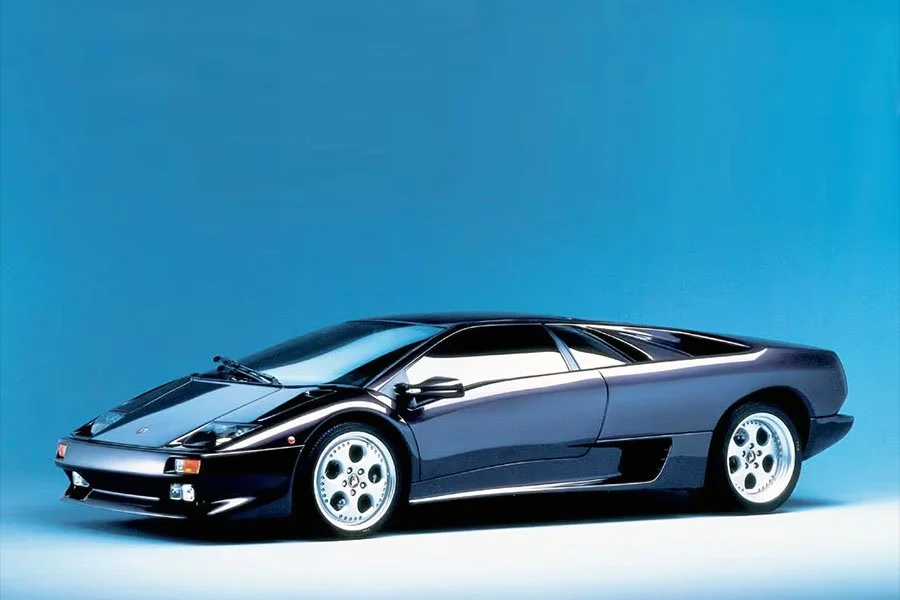One to Buy: 1 of 1 ex-Domenico Schiavo 1972 Lamborghini Miura P400 SV
/ Ben Tyer
Although the SV was the finest and fastest iteration of Lamborghini’s Miura to reach production, the decision to unveil it alongside the new Countach prototype at Geneva in 1971 led to much reduced demand as customers turned their attention to the out-of-this-world new model.
Just 150 examples of the SV were built between 1971 and ‘73 making this by far the most scarce Miura variant offered to the general public, For comparison, 275 first generation Miuras left Sant’Agata followed by 275 of the S type that replaced it.

Accordingly, prices for the SV are today substantially higher than either of its predecessors, particularly for those late production versions that came with the sporty addition of dry-sump lubrication.
One such SV is set to go under the hammer at Gooding & Company’s Pebble Beach auctions between August 18th and 19th.

In addition to having been completed with dry-sump lubrication and the rare air-conditioning upgrade, chassis 5066 was configured by its first owner in the unique colour combination of Tahiti Blue with spectacular white leather upholstery.
The car’s first owner, Domenico Schiavo of Padua, retained it for 38 years during which time he covered around 80,000km. Sig. Schiavo reputedly ordered chassis 5066 to honour his late brother who had always wanted a Miura.

Today this highly specified one of one SV is offered in concours condition following a ground up restoration by marque experts.






























































